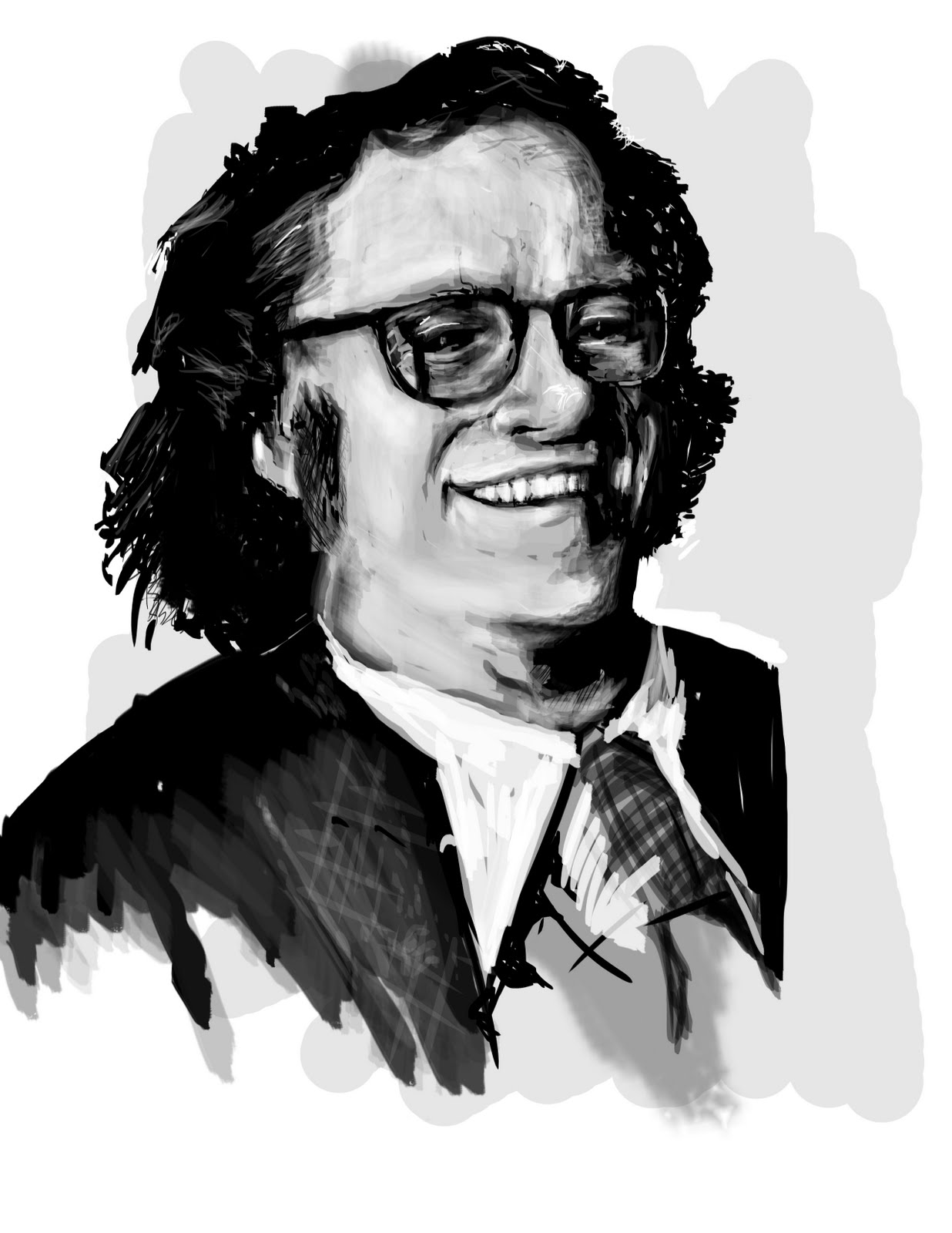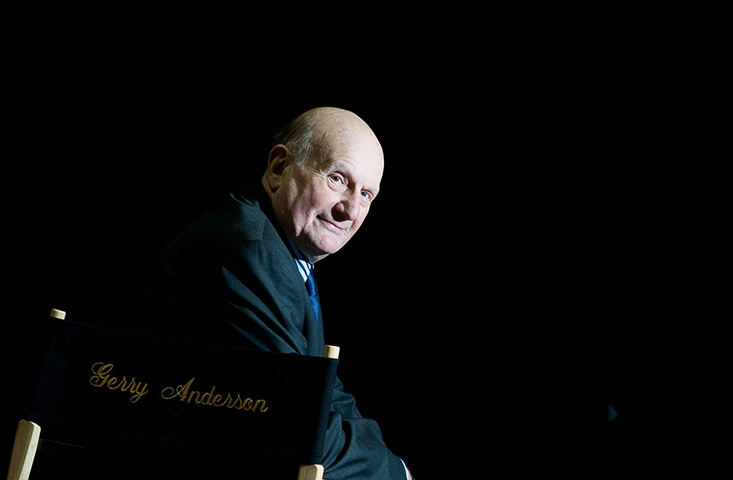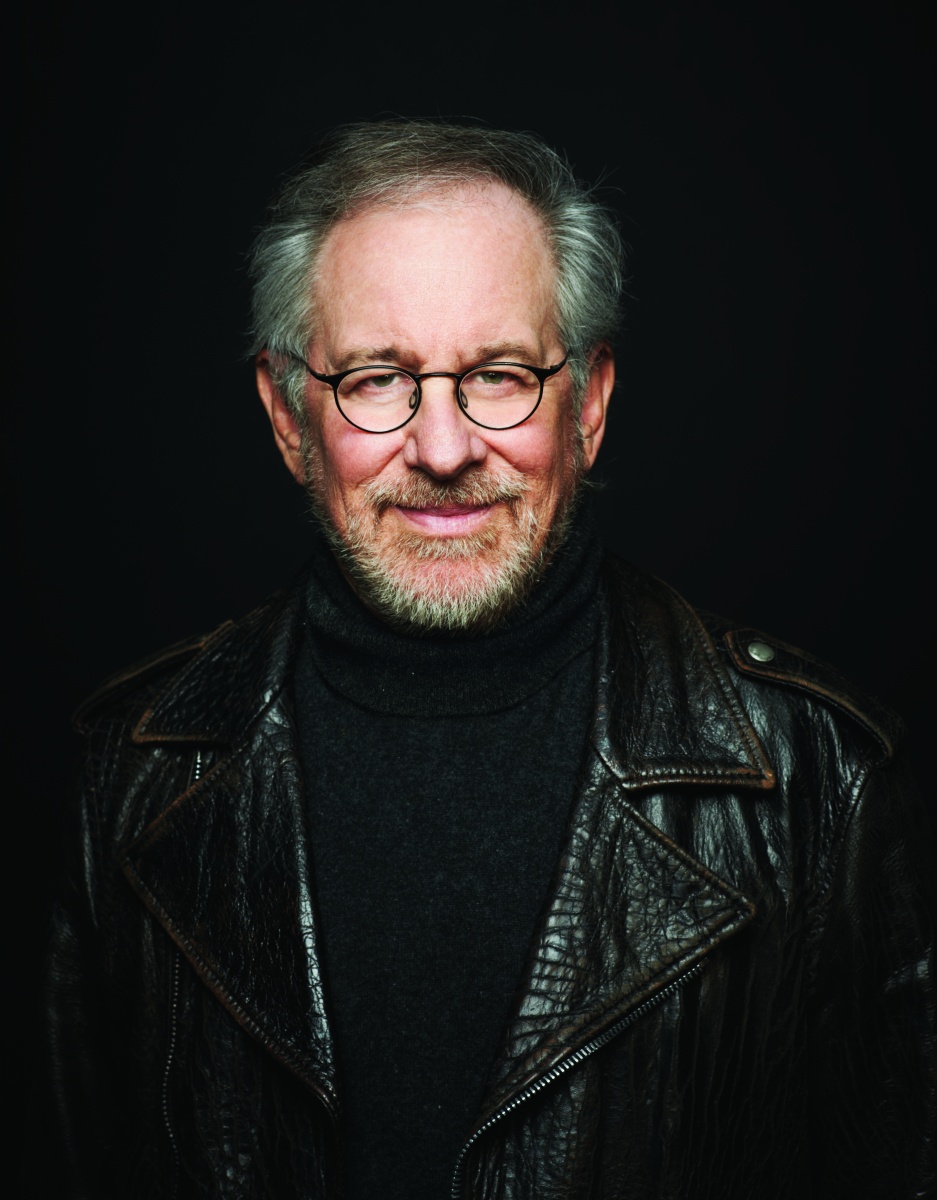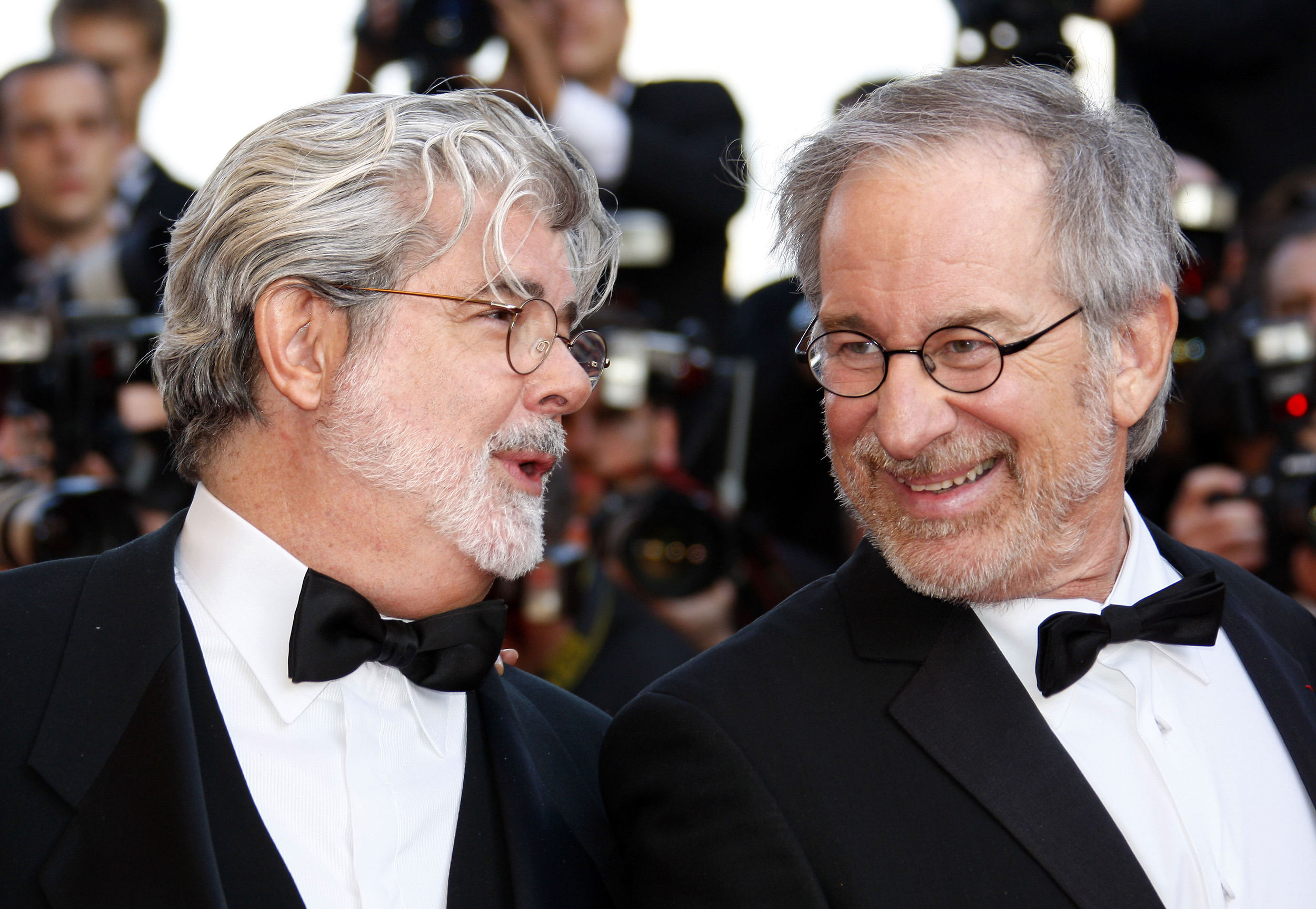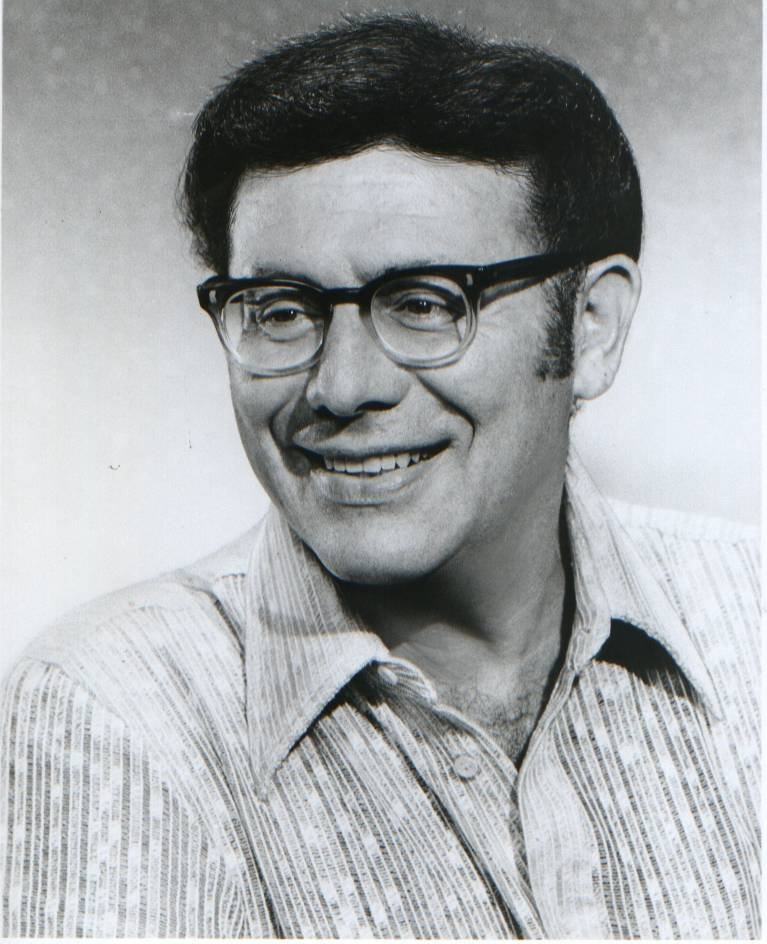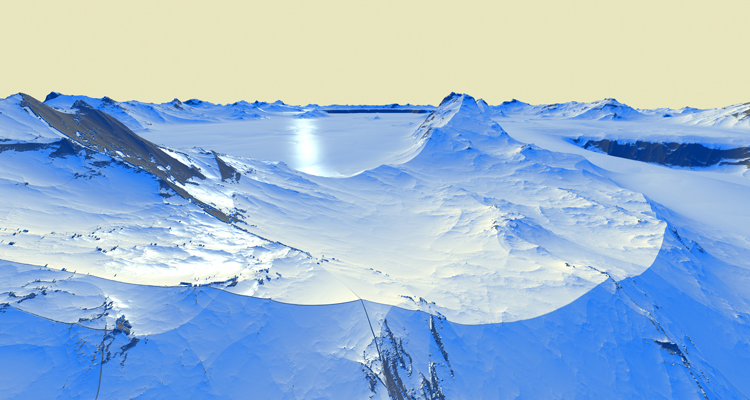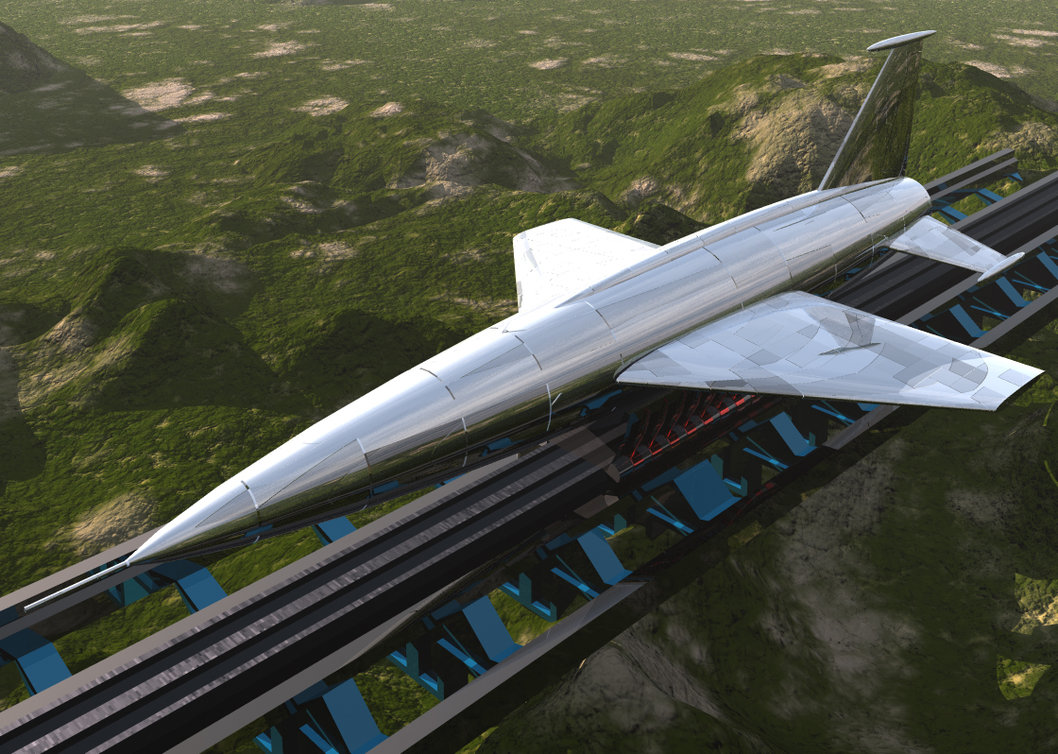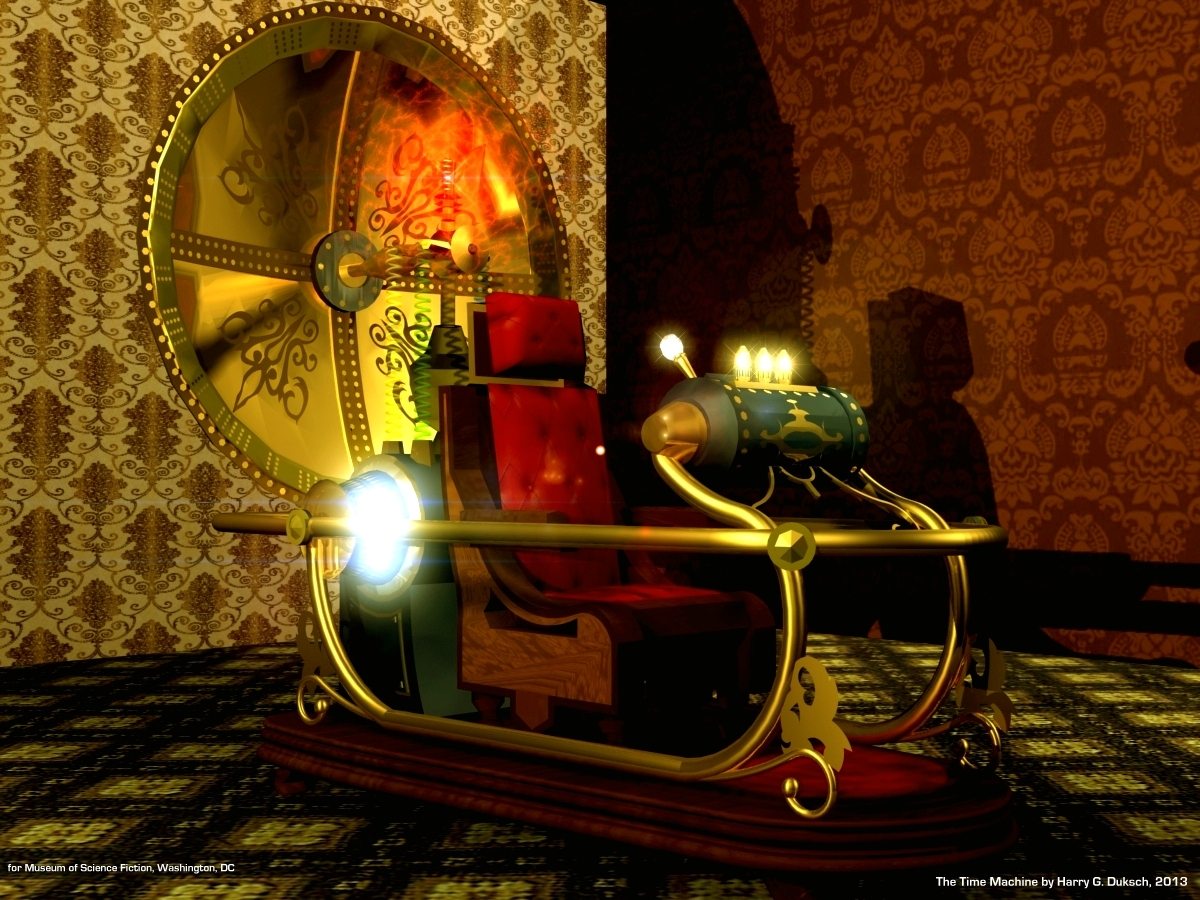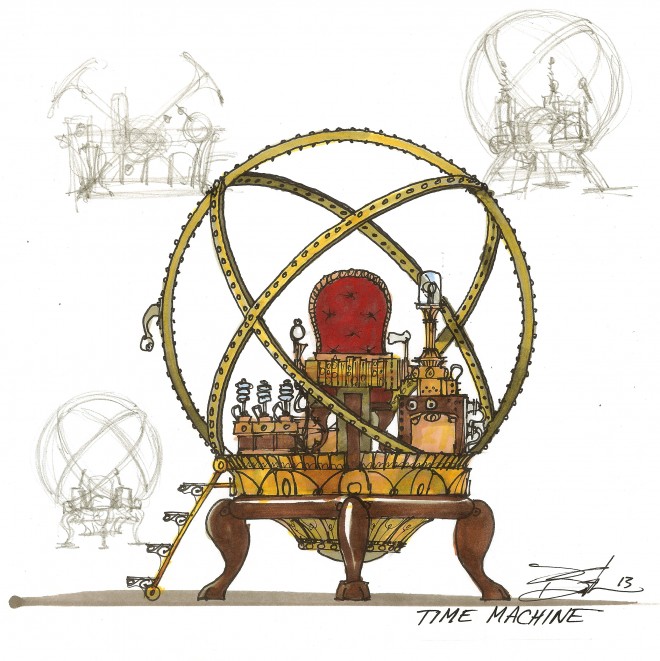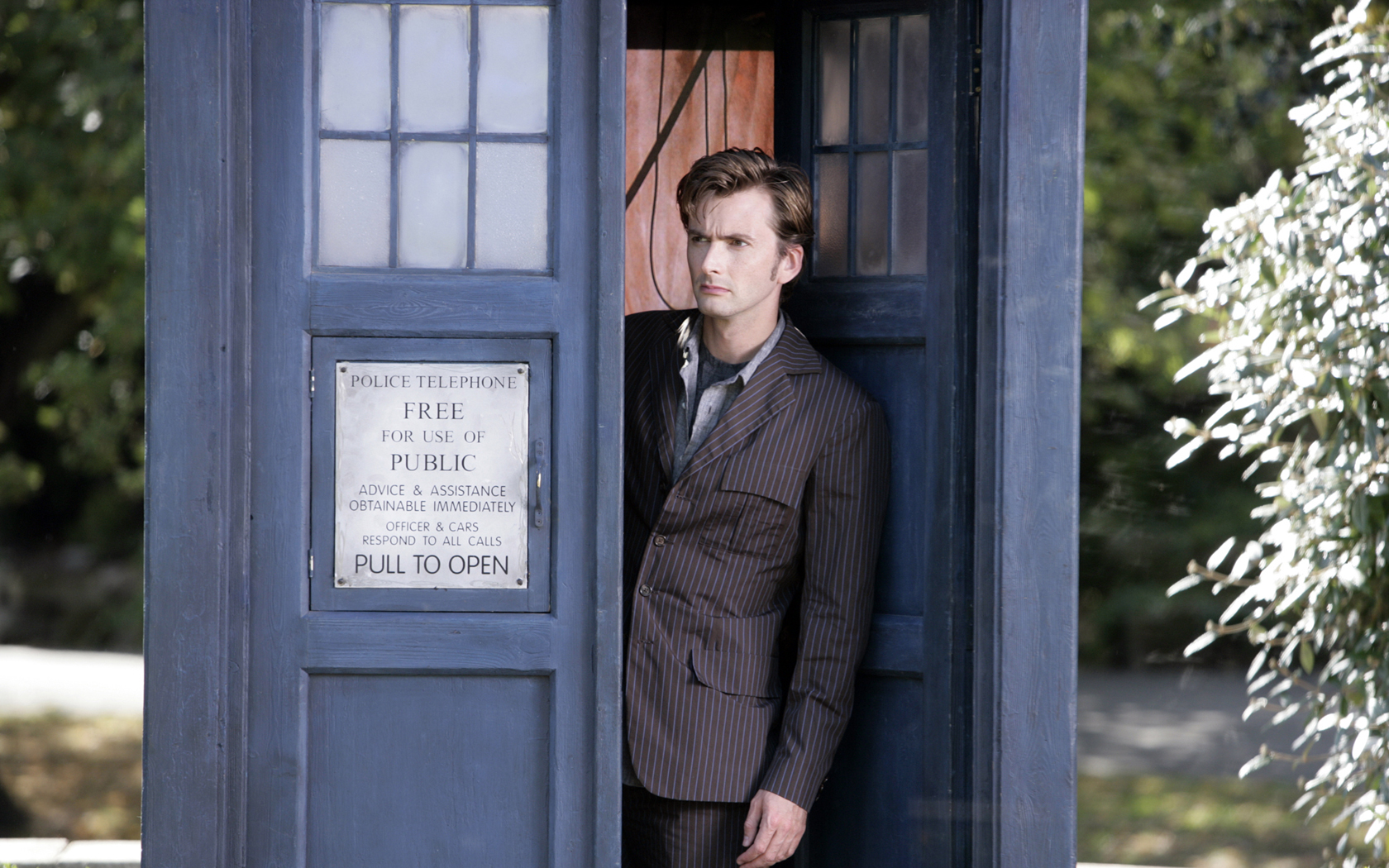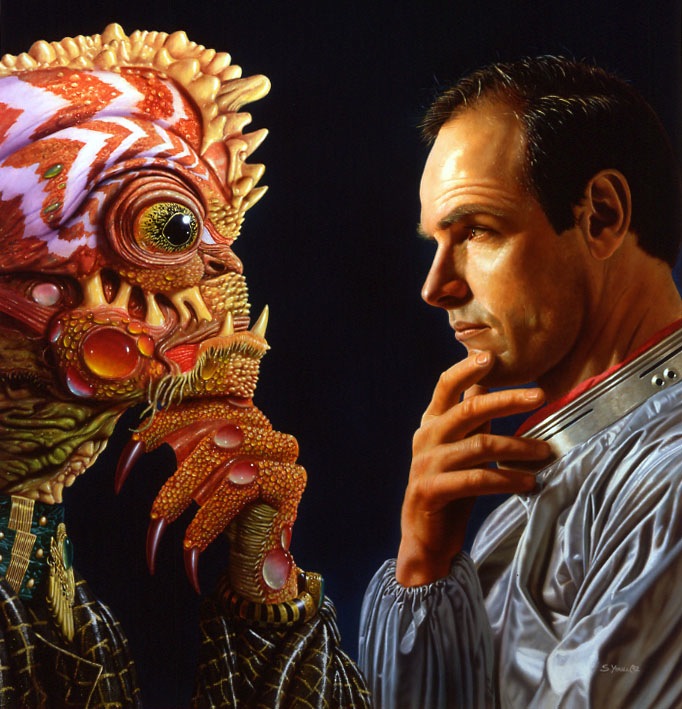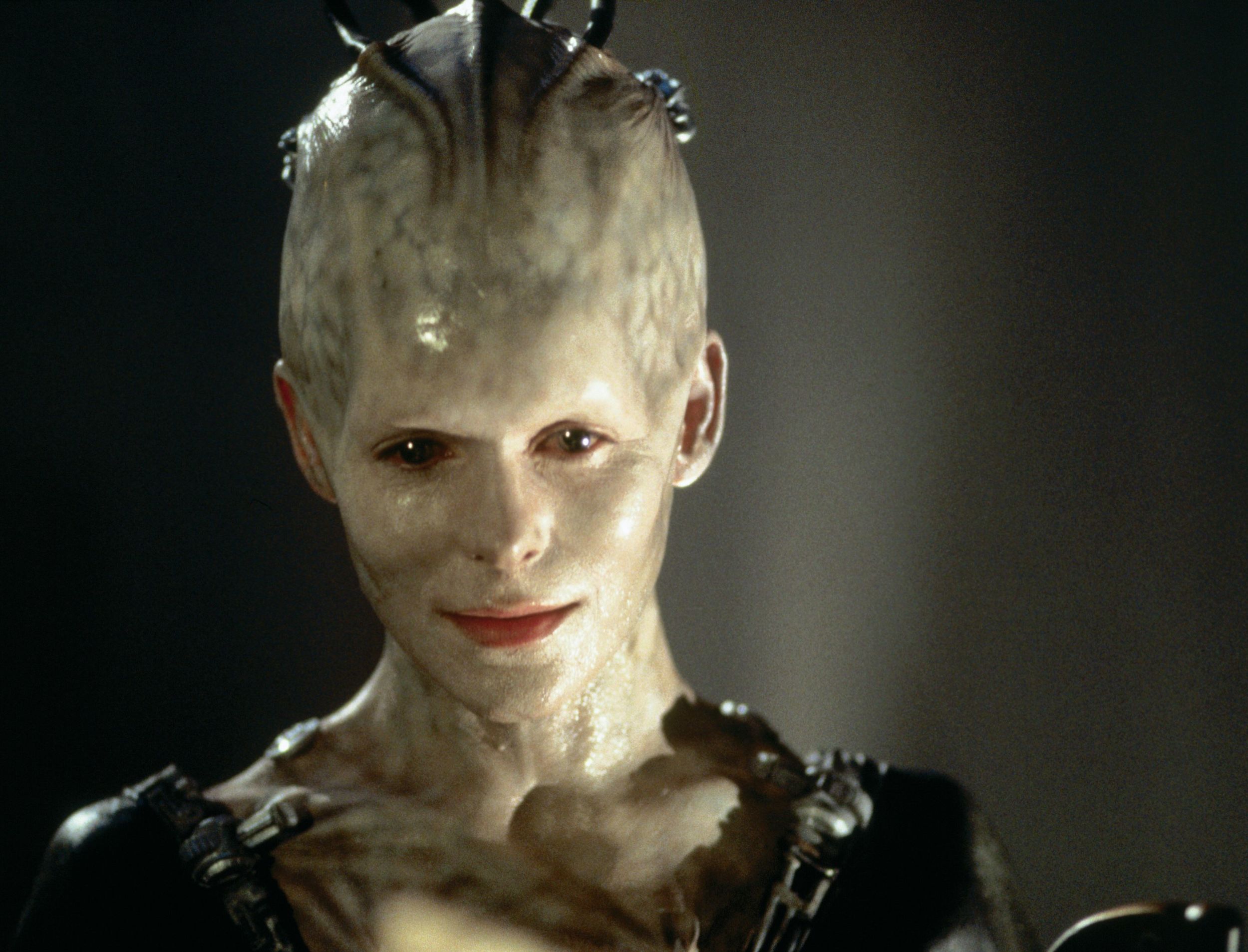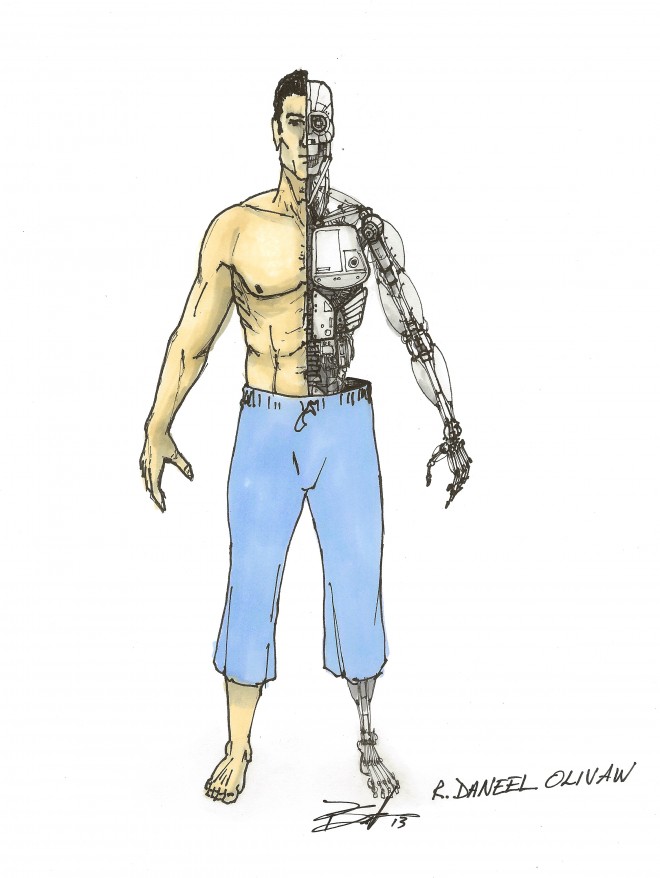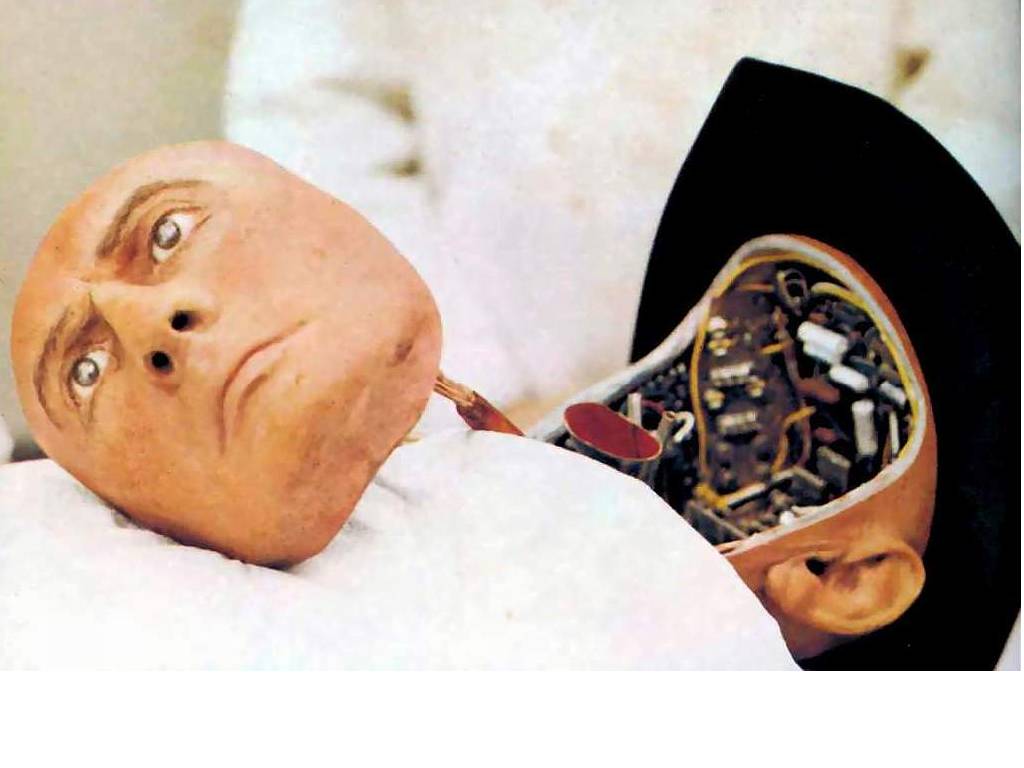The museum will be composed of seven permanent galleries designed to celebrate and encourage the very human tendency to always ask: “What if?”
You will learn that science fiction is a form of rational speculation that has influenced and been influenced by scientific and technological progress for centuries. It’s primary objective is to entertain, to infuse storytelling with threads of science that help push the bounds of what is possible in an effort to explore the human condition. Anchored by science, science fiction can open credible vistas of speculation and contemplation, making their consideration even more compelling and powerful.
It begins with the creative spirit, one that can manifest itself in the written word, paintings, sculpture, music, radio, television, or film. Your journey of science fiction discovery begins with the creators themselves.
The Creators
Upon entering the museum, the visitor will learn about how people have defined science fiction. It will become immediately apparent that there are many definitions, even among science fiction authors, literary experts, and filmmakers; however, the common thread is the exploration of the impact of science and technology on society through fictional stories.
Visitors move from the definitional area to a deeper part of the gallery containing exhibits that explore the elements of storytelling, from the emergence of imagination, the arts, and the sciences. Understanding these elements will help people appreciate how a creative person can combine them and tell compelling stories. Exiting the gallery, a visitor will become familiar with the many ways that people have asked “What if?” for thousands of years. In fact, from writing and painting to filmmaking and music, visitors may ask: “What if I could create a science fiction story or idea?”
Other Worlds
This gallery presents the settings for science fiction stories, answering the question: “What if I could visit other worlds?” Naturally, the settings can vary greatly, but often include alien planets, alternate versions of Earth, or Earth itself in past, present, or future. Sometimes the setting is galactic or extragalactic, but may also be limited to a city or even be microscopic in scale. The setting can be a character in itself, but more often serves as an environment where characters interact.
Worlds can be natural or artificial. In this gallery, the exhibits on Alien Worlds and Alternate Earths focuses more on the natural environment, whereas the Exhibit on Societies focuses on the artificial construct that exists on these worlds; for example, governments and economies. Of course, some stories take place on worlds that are entirely artificial, and these are the focus of the Exhibit on Artificial Worlds.
Vehicles
“What if I could invent a way to travel wherever I want?” For centuries, people have wondered how one might travel to the Moon or stars, or if cars could fly. More often than not science fiction stories depend on some sort of transportation, where characters move between locations in a story. These vehicles sometimes become characters in themselves, not unlike how an ocean-going vessel is conceived as a contributing personality by members of the crew. Mainly, because people who enjoy science fiction also enjoy speculative technologies, especially new forms of transportation, fictional vehicles can become iconic. Large vehicles may also serve as useful means to describe character relationships in closed or isolated environments, whereas others serve as the quintessential symbol of freedom for exploration or escape.
Most people conceive of time as a linear construct. In reality, it is an integral part of the universe, a fourth dimension along with the three spatial dimensions. Some cultures perceive time as circular , so that it does not have a beginning or an end. This gallery explores how time is manipulated as part of the story, beginning with a display that describes what time is, special relativity, and other considerations. Here, we attempt to answer: “What if I could travel to any time I want?”
Aliens, Creatures, and Altered Life
Extraterrestrials are perhaps the first thing people think of when they ask: “What if life were different?” Often just called “aliens”, this is a frequent concept in science fiction because it represents an opportunity to consider the question: “Are we alone?” Indeed, many consider discovering alien life to be the most significant event in human history, should it ever occur. But aliens are not the only things explored in this gallery. Science fiction also explores genetic engineering, body modification, diseases, and, in an obvious merging with Gallery 5: Computers and Robots, biomechanical organisms. In some instances, science fiction dealing with human modification results in a sub-genre called body horror.
Computers and Robots
“What if computers could think like me?” is another question often pondered, especially in recent decades. Computers, robots, androids, and artificial intelligence (AI) are recurring elements in science fiction. Centuries ago, people had explored ideas of building artificial organisms, from birds to humans. Though some were actually built, these mechanical creatures remained largely fanciful forms of art and engineering. By the 20th century, and especially following the invention of the computer during World War II, the idea of smart computers and sophisticated human-like robots emerged. Typically, science fiction stories that include these artificial organisms explore themes relating to technologies run amok, the ethics of creating an artificial intelligence, robotic warriors, computers that interpret commands in unpredictable ways with negative consequences for humans, and robots or androids as everyday companions.
Technology
Clarke's Third Law states, "Any sufficiently advanced technology is indistinguishable from magic." This gallery is home to all the tools conceived as supporting elements in science fiction stories that are not fully represented in the other galleries. These exhibits feature speculative technologies that deserve recognition in part because they have influenced today’s technology or may influence technology development in the future. Here, we consider just a sampling of the kinds of tools conceived in science fiction, helping provide answers for any visitor asking: “What if I could invent any technology I want?” Indeed, be careful what you wish for . . .






